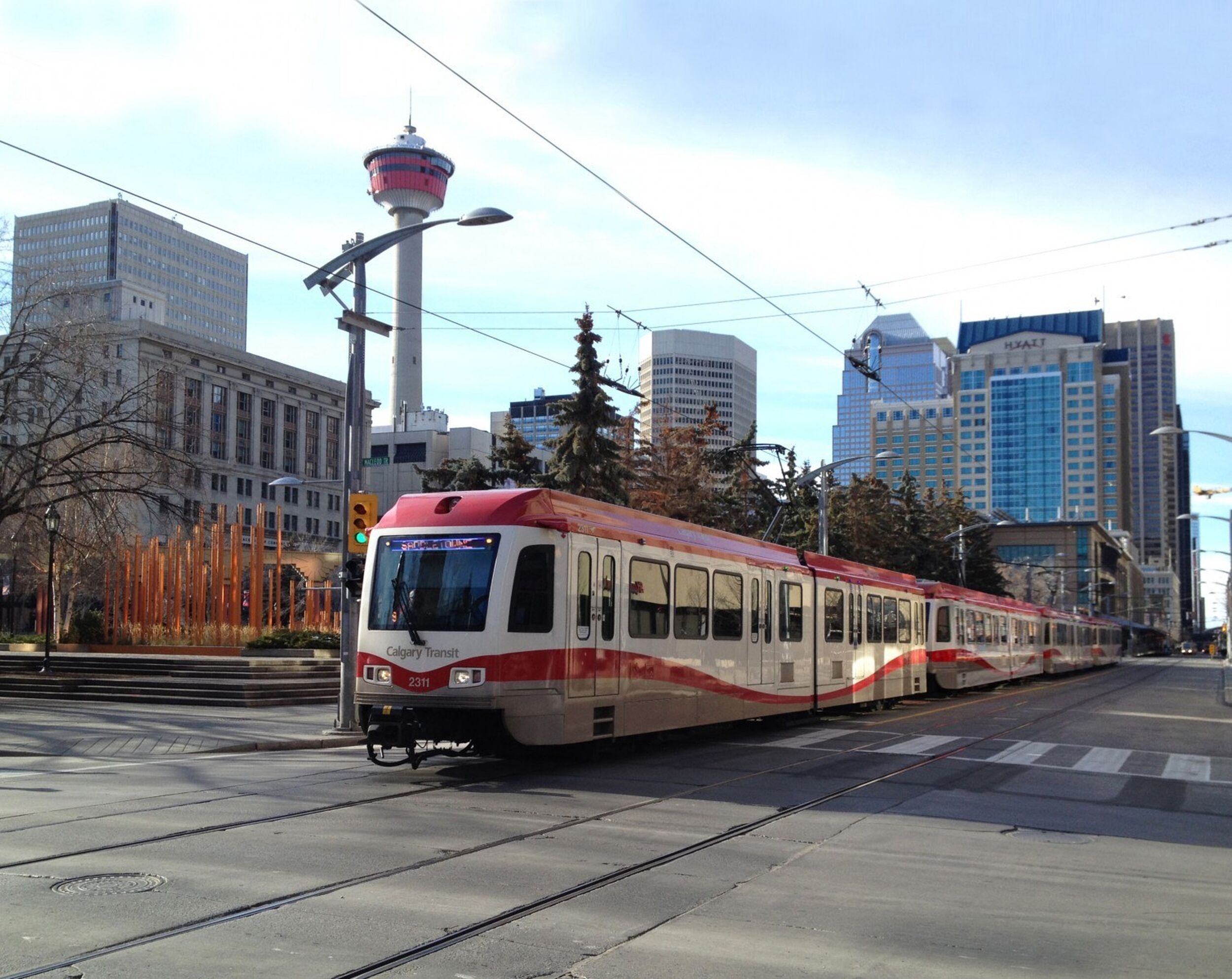
From SWBRT to the Green Line, good transit is all about geometry
Recent debates show lack of understanding on what makes transit tick
There’s been a lot of talk, some of it quite artificially generated, about transit projects this election. The Southwest BRT has become a topic of discussion, and the decision to have Phase 1 of the Green Line run to the Southeast instead of to the North has garnered criticism towards incumbent councillors.
Yet all these discussions, whether from a small group of vocal citizens, a well-organized campaign team, or a guy I talk to in the elevator about how “transit in Calgary sucks,” are missing a fundamental understanding of what makes transit tick: geometry.
Transit geometry may sound like a complex concept, but fear not. There are a few key ingredients to a successful transit route, and they rarely get talked about by those that are vying to be the final decision makers in any future transit project.
Instead, candidates spend their time fighting costs and construction disruption, when what they should really be asking is if the proposal follows these fundamentals:
Directness: How directly you can move between important destinations on the route? Does the route have to wander through a neighbourhood to get to the mall? Does the route have to make a trip off the main road to get to a hospital? The less detours a route makes for a single destination, the more useful the route becomes.
Proximity: How close together are these major destinations on the route? Does a bus have to travel a long distance without stopping? The less spread out these destinations are, with more in between, the more useful the route becomes.
Walkability: How easy it is it to walk to the bus? Are the roads curvy and spread out? Do they have sidewalks? Is there a safe way to cross the street? The more dense and gridded the road network is around the route, the more people can walk to it, and the better the route will do from ridership perspective.
Density: How many people actually live around the route? Are there large houses with spread out lots or relatively dense condo and apartment buildings? The more people there are close to the route, the better the route will do from a ridership perspective.
When you talk to candidates, challenge them on what they think are key ingredients for a successful transit route or system. If they start talking about nicer buses and courteous service, perhaps mention that what people really want in a transit system is a useful way to get around.
How do we accomplish that?
By following the fundamentals of geometry.
Willem Klumpenhouwer is a PhD Candidate in transportation at the University of Calgary’s Schulich School of Engineering, working on improving transit schedule design. In his spare time, Willem writes about improving Calgary’s transportation system and is a volunteer and improviser at the Loose Moose Theatre.
Support in-depth Calgary journalism.
Sign Me Up!We connect Calgarians with their city through in-depth, curiosity-driven journalism—but can't do this alone! We rely on our readers and listeners to fund our work. Join us by becoming a Sprawl member today!
